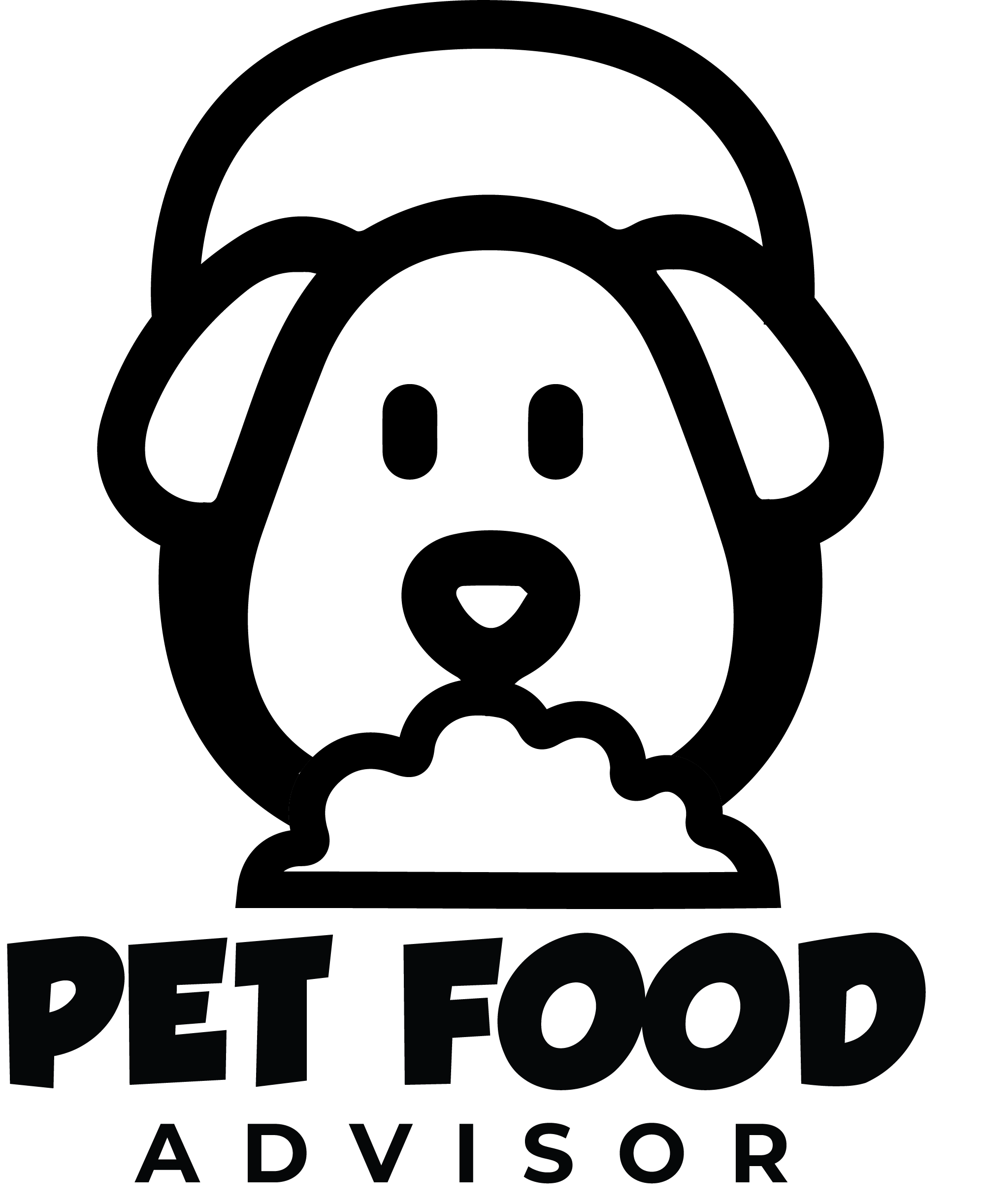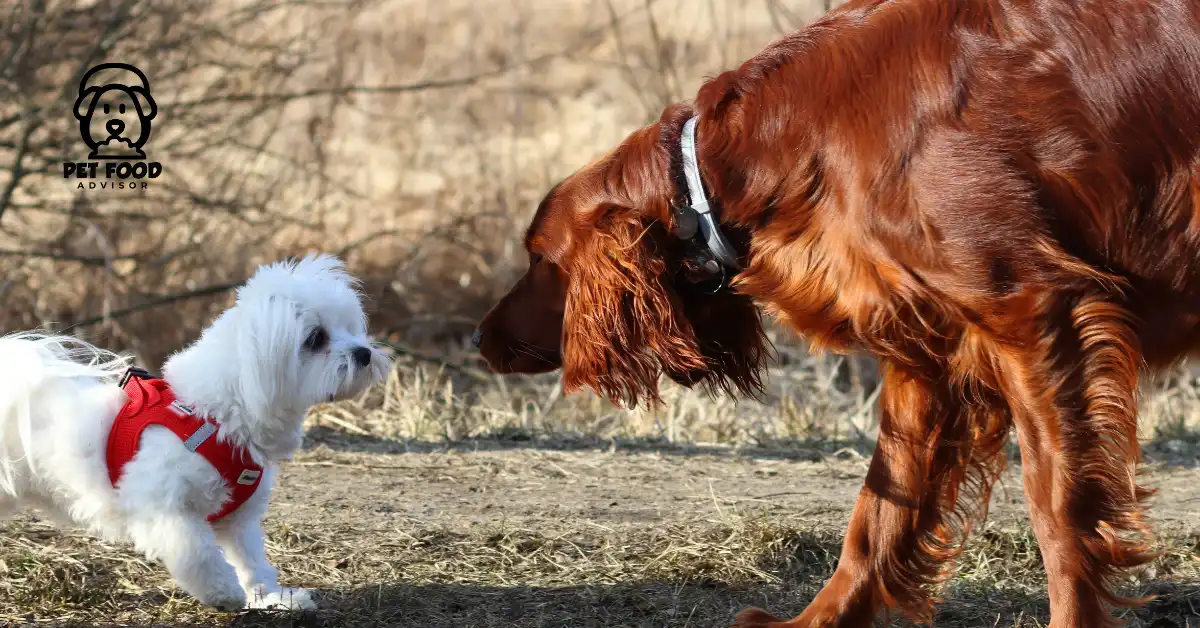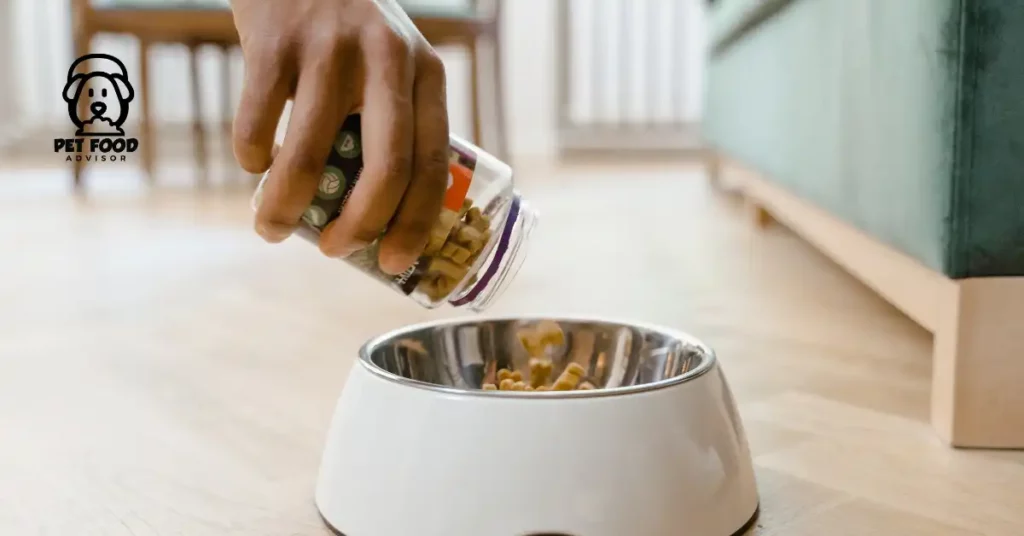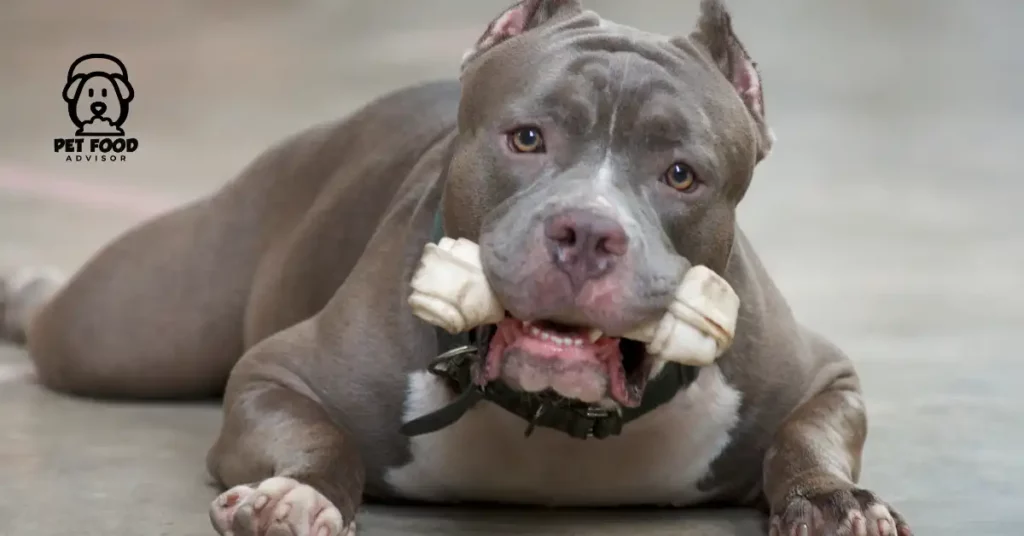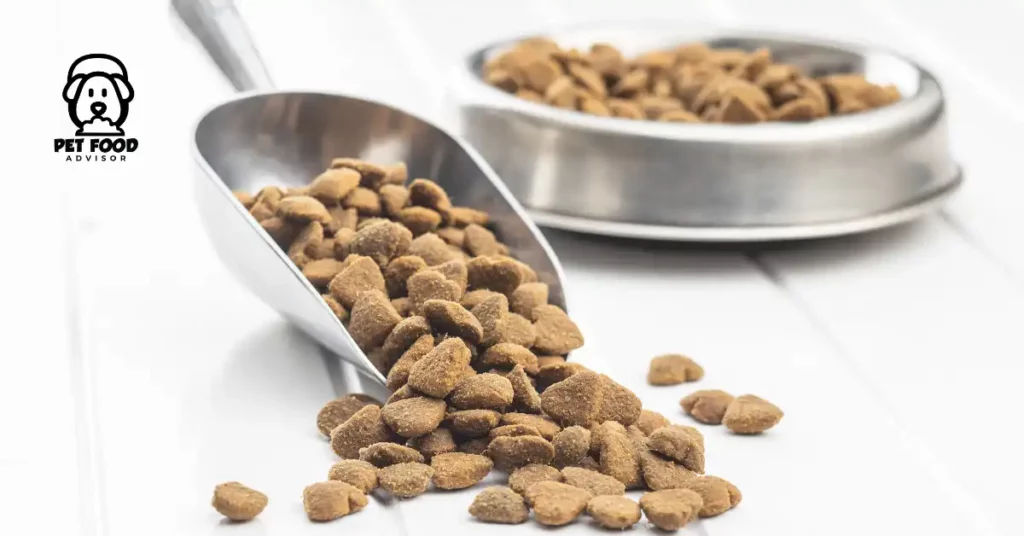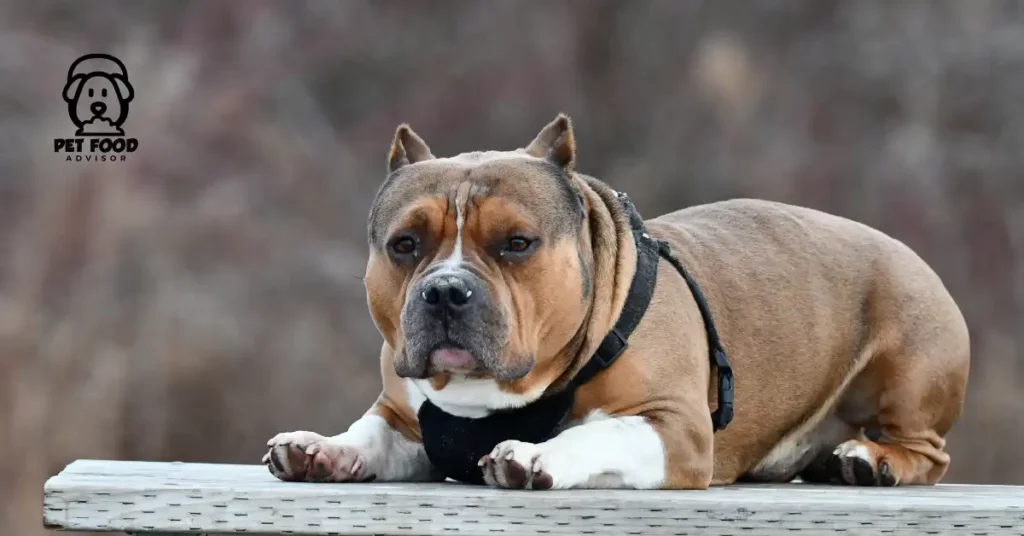The Best Dog Friendly Alternatives To Grass For Dogs
Every people wants their dogs to play freely outside their houses. But if you have a garden in your house, you must be aware that some aspects harm your dogs. Flowers such as autumn crocus and foxglove are toxic and sometimes cause severe health issues in your beloved dog. Research shows that if there are lush green lawns in your house, then this is harmful to your dog. If you want the safety of your dog, then you have to take specific actions.
Benefits of Creating a Grassless Yard
It is the best advantage for your dog and also for yourself if you are going to convert your lawn to grassless. But, for this, you also need to give more effort to its take care. Grass lawns require significant amounts of water to maintain their appearance. When dogs urinate on the grass, additional watering is necessary to dilute the urine and prevent discoloration or damage. This decision can particularly benefit dogs with sensitive skin or allergies, as many are allergic to grass. An alternative to grass for a dog can make cleanup of solid waste easier and save you money on fertilizers, pesticides, and other yard materials that may be harmful.
Factors for Dog-Friendly Alternatives to Grass
When creating a dog-friendly yard without traditional grass, several alternatives exist. When you are going to decide on the option, then you have to conder the factors that are important to check.
Poop and Pee Friendly
Dogs prefer surfaces that feel comfortable and natural for their bathroom needs. So, when you search for an alternative to grass for dogs, you have to take the material that is friendly to your dog.
Space to Stretch Out
Many of my friends have dogs. They love to enjoy basking in the sun and stretching out. Ensure that you choose an alternative that doesn’t get uncomfortably hot and provides a comfortable area for relaxation.
Non-Hazardous
Prioritize your dog’s safety by avoiding uneven surfaces, toxic materials, or slippery surfaces that could cause injury or discomfort.
Conducive to Exploration and Exercise
Choose an alternative safe for your dog’s paws, snout, and teeth. Avoid sharp, hard surfaces, or get too hot in the summer. If the surface is strong, it is not your dog’s best option. Dogs also create paths by repeatedly running along the same route, so the alternative should withstand frequent traffic.
Alternative Options to Grass For Dogs
Using Brick and Masonry
Brick is an excellent option if you’re looking for an alternative to grass for dogs. It’s relatively affordable and easy to install. If your dog happens to do their business on the brick surface, you can easily clean it with water. One of the advantages of using brick is that it requires minimal maintenance and is incredibly durable.
But there are also disadvantages to using brick. As you also know, brick can become hot in hot weather. So, if your dog wants to go outside in the hot weather, then t is not comfortable for it to walk on the bricks. Also, bricks provide a different lush and vibrant landscape than natural grass. Some people prefer using stone instead of brick, as bricks can sometimes warp over time.
Using Irish Moss
Irish Moss is a soft and mat-like ground cover that can be used as an alternative to grass for dogs. It is hard and versatile but requires more water, especially in hot weather. Suppose you are considering replacing your grass with Irish moss. Then you have the right to know that it is more challenging to maintain than regular grass.
While Irish Moss is not as durable as other options, it has a soft texture and doesn’t overgrow, reaching a height of only about one inch. During the spring and summer, you can enjoy the sight of tiny white flowers blooming.
Irish Moss is a suitable choice for areas where there is continuous rainfall and they have low temperatures. But there may be better options in dry-land regions.
Using Silver Carpet
Silver Carpet is a natural ground covering option that is not grass. It is highly resilient and can withstand being stepped on by adults, children, and dogs. One of its attractive features is the emergence of yellow flowers during warmer weather. It grows close to the ground and requires relatively easy maintenance.
The Silver Carpet may appear patchy in areas where dogs frequently run. It is a hardy ground covering that will strive to stay alive despite the activity. Many dog owners prefer using Silver Carpets in smaller areas, such as between stepping stones. This is a great option to consider, as it will satisfy you and your dog.
Using Snow-In-Summer
Snow-In-Summer is a flexible ground covering that can tolerate drought conditions it is used as an alternative to grass for dogs. It can thrive in both sunny areas and those with partial shade. While it is a hardy plant, it may not be suitable for large open fields. However, it can withstand the activities of energetic dogs. One of its notable features is its rapid growth and spreading. This may require special landscaping techniques to contain and prevent it from spreading too far.
Using Elfin Thyme
Elfin Thyme is an ornamental herb that is safe for dogs. It has a delightful fragrance, especially in the summer months. While edible, it doesn’t provide significant nutritional value for non-ruminant animals like dogs. This ground cover typically grows to a maximum height of two inches. It is an excellent addition to rock gardens, enhancing their appearance and providing a soft and relaxed spot for your dog to rest.
If you have an energetic dog, there may be better options. But if you have a smaller, more relaxed dog, Elfin Thyme is dog-friendly and offers the added benefit of beautiful purple flowers during summer.
Elements for Creating a Grassless Yard for Dogs
Fencing
You are choosing a suitable fencing option, such as wood. It helps you to secure the area and prevent dogs from escaping. Ensure the fence is tall enough and goes below ground to stop climbing and digging. You have to take care of the safety of your dog.
Layout
Create a comfortable and functional layout with materials that are dog-friendly and durable. Because the comfortable design always feels attractive to your dog. For this, the best choice is to use paving stones, wood planks, or gravel to create pathways. Add patches of grass, benches, or perches for dogs to enjoy.
Woodchips
Woodchips are inexpensive, but they can pose choking hazards and fragment risks for dogs. They may also attract fleas and harbor mice.
Synthetic Turf
Install synthetic turf for a consistent and durable playing surface. It eliminates dead spots and uneven land, providing a safer dog environment.
Gravel
Gravel can be easy to clean and drains well, but it can get caught in your beloved dog’s paws. So, consider using paving stones instead, as they can provide a flat surface.
Mulch
Organic mulch made from shredded bark, leaves, or moss can be used, but you must be aware of potential toxins. Dogs may try to eat mulch, so you have to take care of your dog. Keep the area clean and remove old or faded mulch to minimize risks.
Benefits of Artificial Grass for Dogs
Artificial grass is a good option for homeowners who want a grass that does not harm their dogs. It also wants low maintenance and is pest-free.
It has the advantage that many dogs want to dig the yard. But if there is artificial grass, the owner is safe from the hassle of filling up holes in the yard. I also want to tell you about my experience with artificial grass. I have a dog name, Jany. He has the habit of digging holes in my yard. And I also want to keep my dog safe from the lush green grass. So, I choose artificial grass for my yard, and I tell you, it suits dog owners.
Conclusion
Exploring alternatives for dog-friendly landscaping goes beyond traditional grass options. Artificial turf, mulch, gravel, and native plants offer practical and visually appealing alternatives. Remember to prioritize factors like durability, ease of maintenance, and pet-friendly materials. You can balance aesthetics and functionality by designing a landscape that caters to your dog’s needs.
